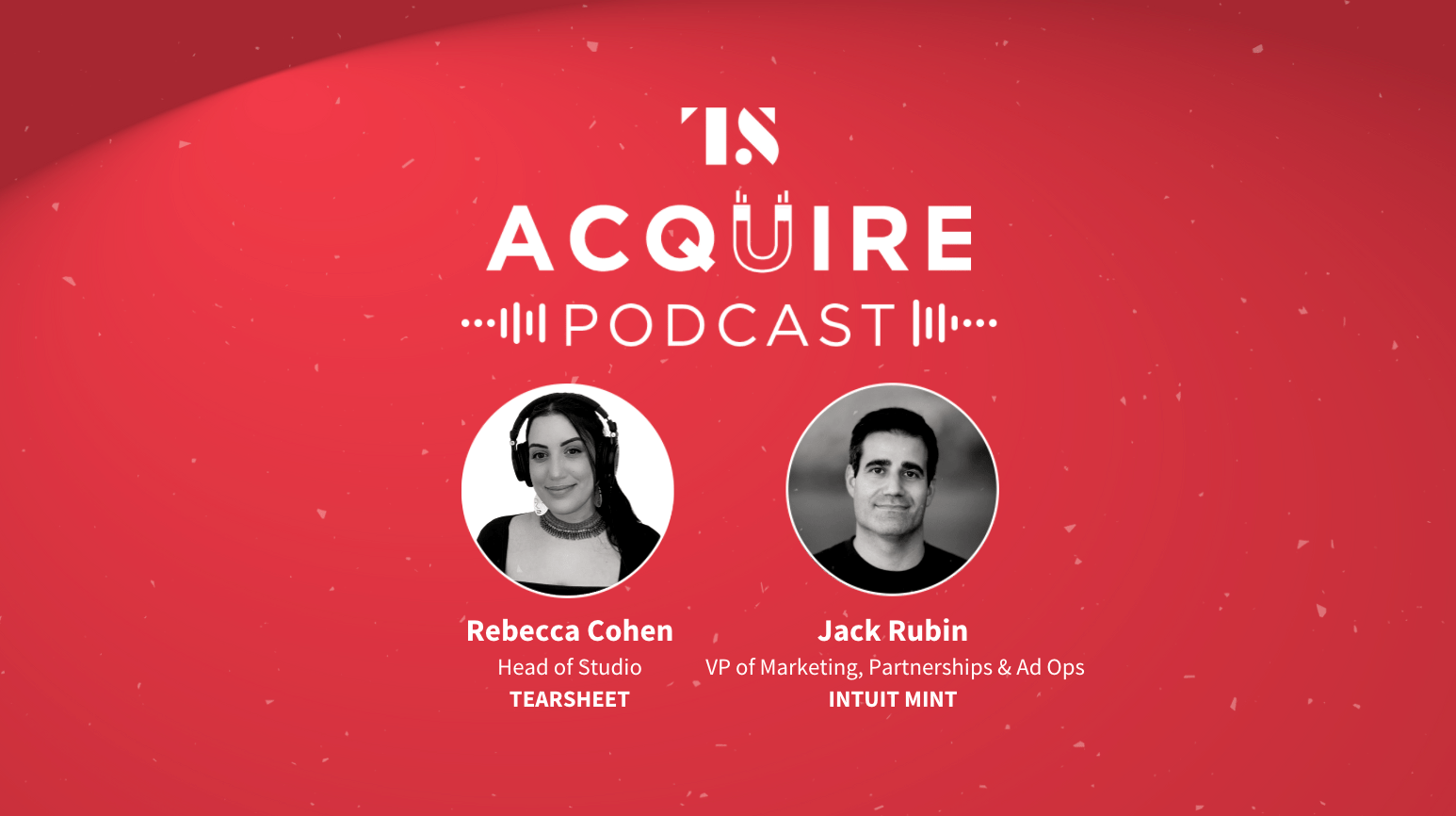Acquire Podcast, Modern Marketing, Podcasts
The Acquire Podcast Ep. 6: Ice cream, puppies, and financial ease with Intuit Mint’s latest brand campaign
- Intuit Mint’s VP of Marketing, Partnerships & Advertising Operations, Jack Rubin, joins us on the Acquire podcast.
- ‘Bad news should travel even faster than good news’, because it’s not about one channel or strategy, it’s a constant experimentation.








